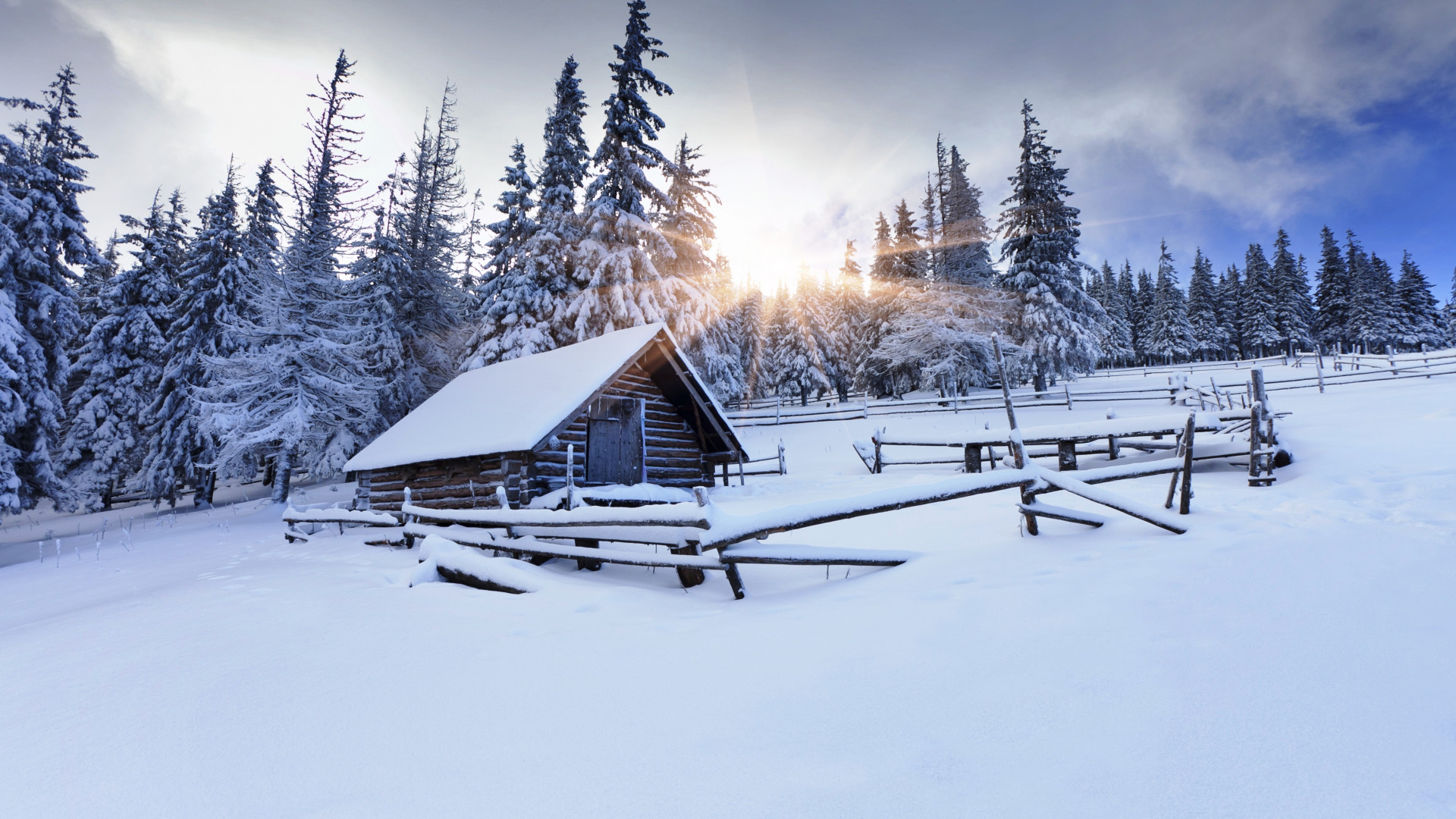“The Winter of the Witch,” the concluding installment of Katherine Arden’s Winternight Trilogy, intertwines elements of magical realism with a rich historical backdrop. Set in medieval Russia during a tumultuous time, the narrative explores themes of identity, love, and the struggle between tradition and change. In this article, we will delve into the concept of magical realism, its historical context in the novel, and the ways in which these elements enhance the storytelling experience.
Understanding Magical Realism

Magical realism is a literary genre that integrates fantastical elements into realistic settings, creating a world where the extraordinary is an everyday occurrence. This genre often reflects cultural and historical realities while allowing for a deeper exploration of human emotions and societal issues. Key characteristics of magical realism include:
- Blending of Real and Magical: The narrative includes magical elements that are accepted as part of the ordinary world.
- Rich Descriptions: Vivid imagery is used to evoke a sense of wonder and enchantment.
- Social and Political Commentary: The magical elements often serve as metaphors for real-world issues.
- Ambiguity: The boundaries between reality and fantasy are blurred, leaving the reader questioning what is real.
In “The Winter of the Witch,” Arden employs these characteristics to create a captivating narrative that resonates with readers on multiple levels.
Historical Context of “The Winter of the Witch”
The novel is set against the backdrop of medieval Russia, specifically during the time of Ivan the Terrible, a period characterized by political intrigue, religious conflict, and social upheaval. Understanding this historical context is crucial to appreciating the depth of Arden’s narrative.
The Reign of Ivan the Terrible

Ivan IV, known as Ivan the Terrible, reigned from 1547 to 1584 and was the first ruler to assume the title of Tsar of All Rus. His reign was marked by significant changes and challenges:
- Centralization of Power: Ivan sought to consolidate power, reducing the influence of the nobility and increasing state authority.
- Expansion of Territory: Under his rule, Russia expanded its territory significantly, including the conquest of Kazan and Astrakhan.
- Religious Turmoil: The period saw intense religious strife, particularly between Orthodox Christians and other faiths, which is mirrored in the tensions within Arden’s narrative.
- Paranoia and Repression: Ivan’s later years were marked by paranoia, leading to the establishment of the Oprichnina, a state policy of terror and repression.
Arden deftly weaves these historical elements into her story, grounding the magical realism in a reality that enhances the reader’s understanding of the characters’ struggles.
The Role of Folklore and Myth
Russian folklore plays a significant role in “The Winter of the Witch.” Arden draws on traditional myths and legends, infusing the narrative with a sense of cultural authenticity. The inclusion of figures such as Baba Yaga, a well-known witch from Slavic folklore, exemplifies this connection. Baba Yaga serves as both a mentor and a challenge for the protagonist, Vasya, embodying the complexities of female power and wisdom.
Furthermore, the incorporation of mythical creatures, such as the domovoi (house spirit) and the rusalka (water nymph), highlights the coexistence of the mundane and the magical in Russian culture. These elements not only enrich the story but also serve as a reminder of the deep-rooted traditions that shape the characters’ identities.
Character Development Through Magical Realism

The use of magical realism in “The Winter of the Witch” allows for profound character development, particularly for Vasya, the protagonist. Her journey is marked by her struggle to reconcile her identity as a woman in a patriarchal society with her intrinsic connection to the magical world.
The Journey of Vasya

Vasya’s character embodies the tension between tradition and modernity, a central theme in the novel. Throughout her journey, she encounters various magical beings that challenge her understanding of herself and her place in the world. Key moments include:
- Embracing Her Powers: Vasya learns to embrace her magical abilities, symbolizing her acceptance of her identity and defiance against societal norms.
- Connection to Nature: Her bond with the natural world reflects her inner strength and resilience, contrasting with the oppressive forces of her environment.
- Female Empowerment: Vasya’s interactions with other strong female figures, such as her grandmother and the mythical creatures, highlight the importance of female solidarity and empowerment.
This journey of self-discovery, facilitated by the magical realism in the narrative, resonates with readers and emphasizes the importance of embracing one’s true self.
Thematic Exploration in “The Winter of the Witch”

Arden’s use of magical realism allows for a nuanced exploration of various themes, including:
- Conflict Between Tradition and Change: The novel illustrates the tension between ancient beliefs and the encroaching influence of Christianity, reflecting broader societal shifts.
- Identity and Belonging: Vasya’s struggle with her identity as a woman and a witch highlights the quest for belonging in a world that often marginalizes the unconventional.
- Love and Sacrifice: The relationships Vasya forms, particularly with her family and the magical beings, underscore the themes of love, loyalty, and the sacrifices made for those we care about.
These themes are intricately woven into the fabric of the narrative, enhanced by the magical realism that allows readers to engage with the characters’ emotional landscapes on a deeper level.
Conclusion: The Power of Magical Realism in Historical Context

“The Winter of the Witch” serves as a powerful example of how magical realism can enrich a narrative by intertwining it with historical context. Katherine Arden’s skillful blending of the fantastical and the real invites readers to explore complex themes of identity, tradition, and empowerment. The historical backdrop of Ivan the Terrible’s reign adds depth to the characters’ struggles, grounding the magical elements in a reality that resonates with contemporary issues.
Through Vasya’s journey, readers are reminded of the importance of embracing one’s identity and the power of love and community in the face of adversity. The novel stands as a testament to the enduring relevance of magical realism, illustrating how it can illuminate the human experience and connect us to the rich tapestry of our shared histories.


